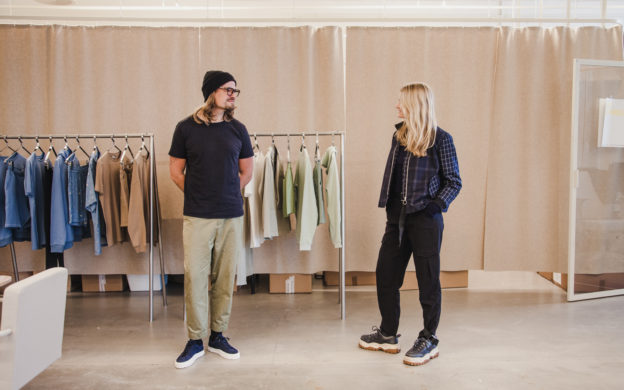If you’d told Susanne and Andreas Holzweiler back in 2006 that they would be running one of the biggest, and certainly the most sought-after, fashion brand in Oslo, they would have laughed in your face. “It’s hard to believe sometimes,” says Andreas, with a bit of a dazed look on his face. We’re sitting in Holzweiler’s large, bright office just ten minutes from central Oslo. It was designed by Norwegian superstar architecture and design firm Snøhetta, and the space is so beautiful as to almost be farcical. But as we walk around and meet the staff, it’s clear that hard work and modesty part of the DNA of the brand.
It was in 2006 that siblings Susanne and Andreas formed a fashion branding and marketing agency. Andreas had been living in Copenhagen, and he saw the need to bring the brands he’d encountered there to Norway.
“I called Susanne and I said, do you want to start a fashion agency? She said, okay! I think we always knew we would do something together, and we were both into fashion, so it was a good fit. We had no money, though.” Susanne interjects: “literally no money,” and Andreas continues, “Our mother actually invested 50.000 kroner in our business to get us started.”
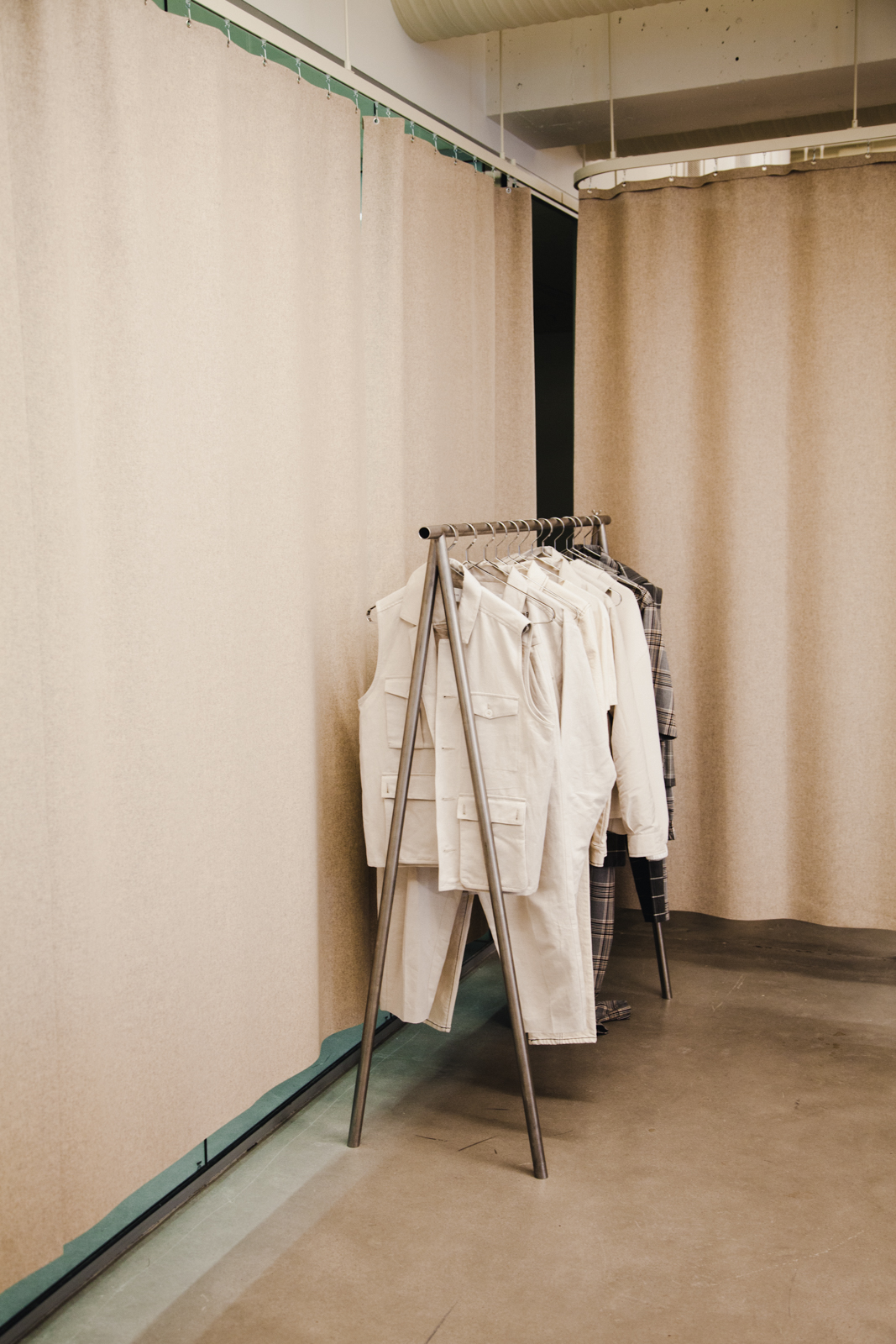 |
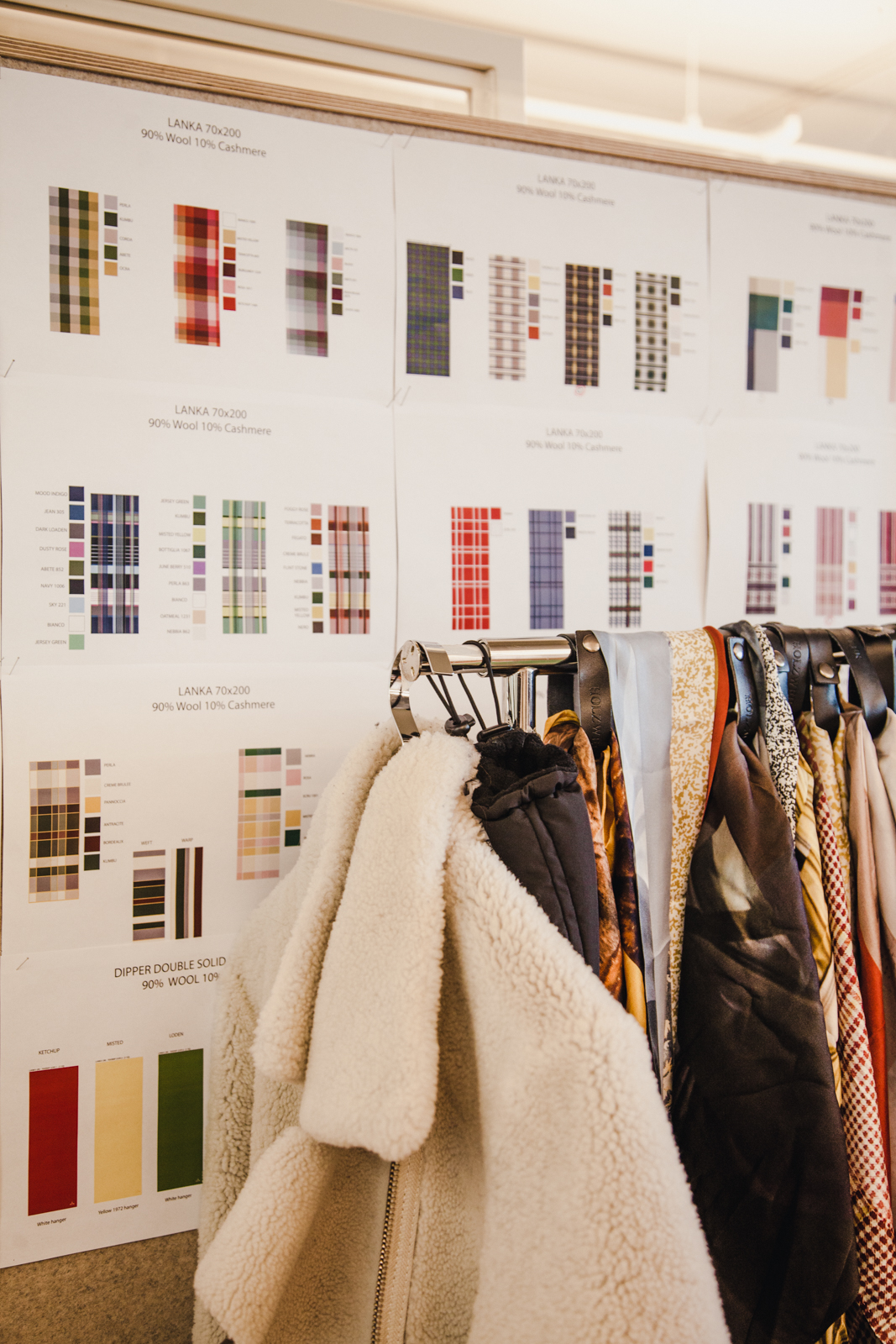 |
 |
|
The agency ran successfully for six years. It was in 2012 that the siblings decided on a radical shift. Andreas had always wanted to create physical products, and the duo felt that the time was right.
“We started with scarves. We were doing things that no one else was doing at the time: digital printing on the scarves, collaborations with artists, and the ‘scarf on a roll’ concept.” This allowed customers to buy scarves by the meter, which was both gimmicky enough to get attention, and material-focused enough that it didn’t take away from their brand. “To be honest,” Andreas confides, “people always just bought two meters of scarf.” The scarves became popular in Norway; at that time the brand wasn’t focused on a global market.
Holzweiler quickly became a “scarf brand.” “It was always our intention to grow into a larger company,” Andreas explains, “but we’ve done it quite gradually and intentionally.” Andreas’s wife Maria, a fashion designer, joined the team, and they began speaking with a handful of suppliers. “Our first full collection came out autumn/winter 2014. It included both menswear and womenswear, as well as our lambswool scarves.”
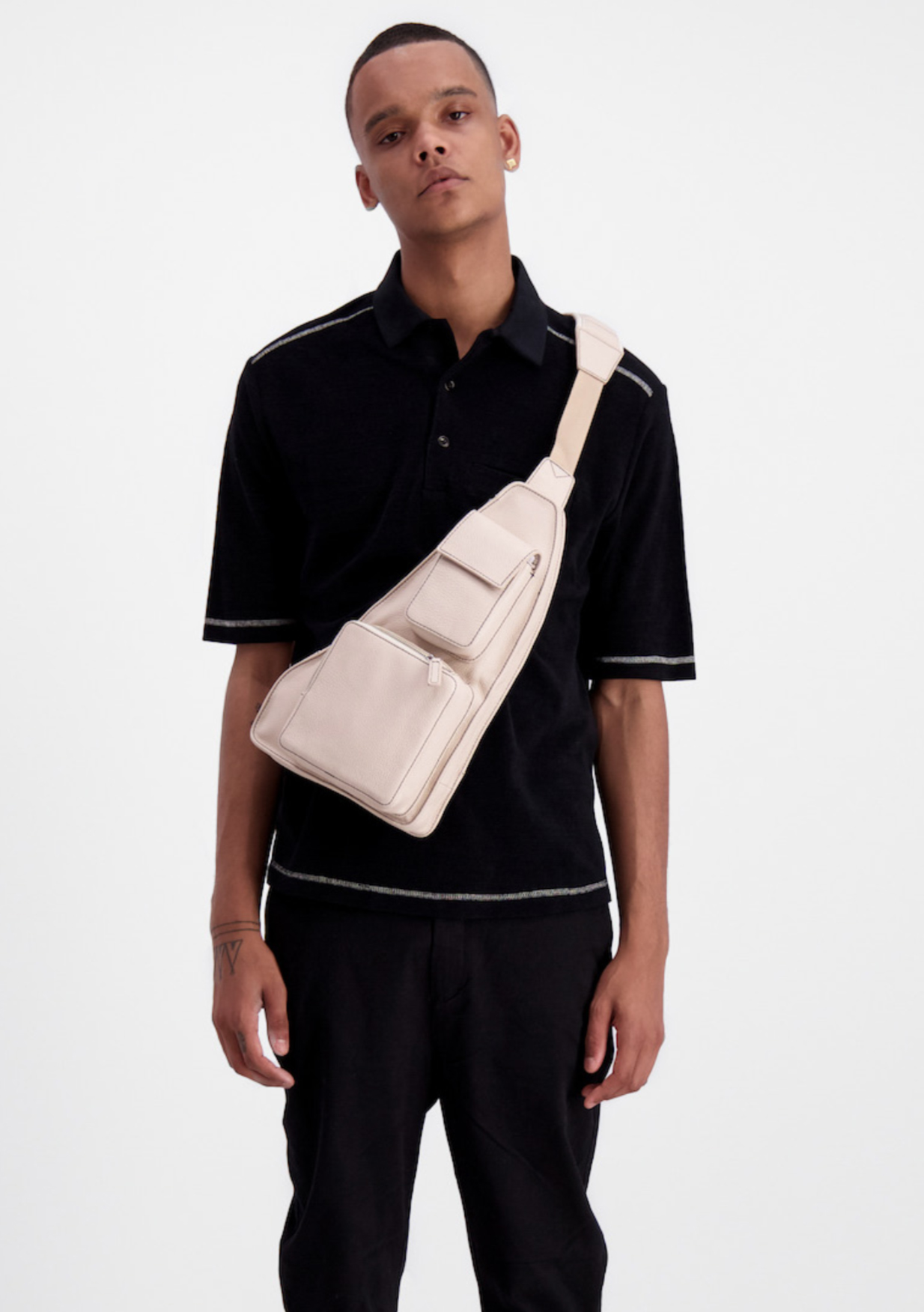 |
 |
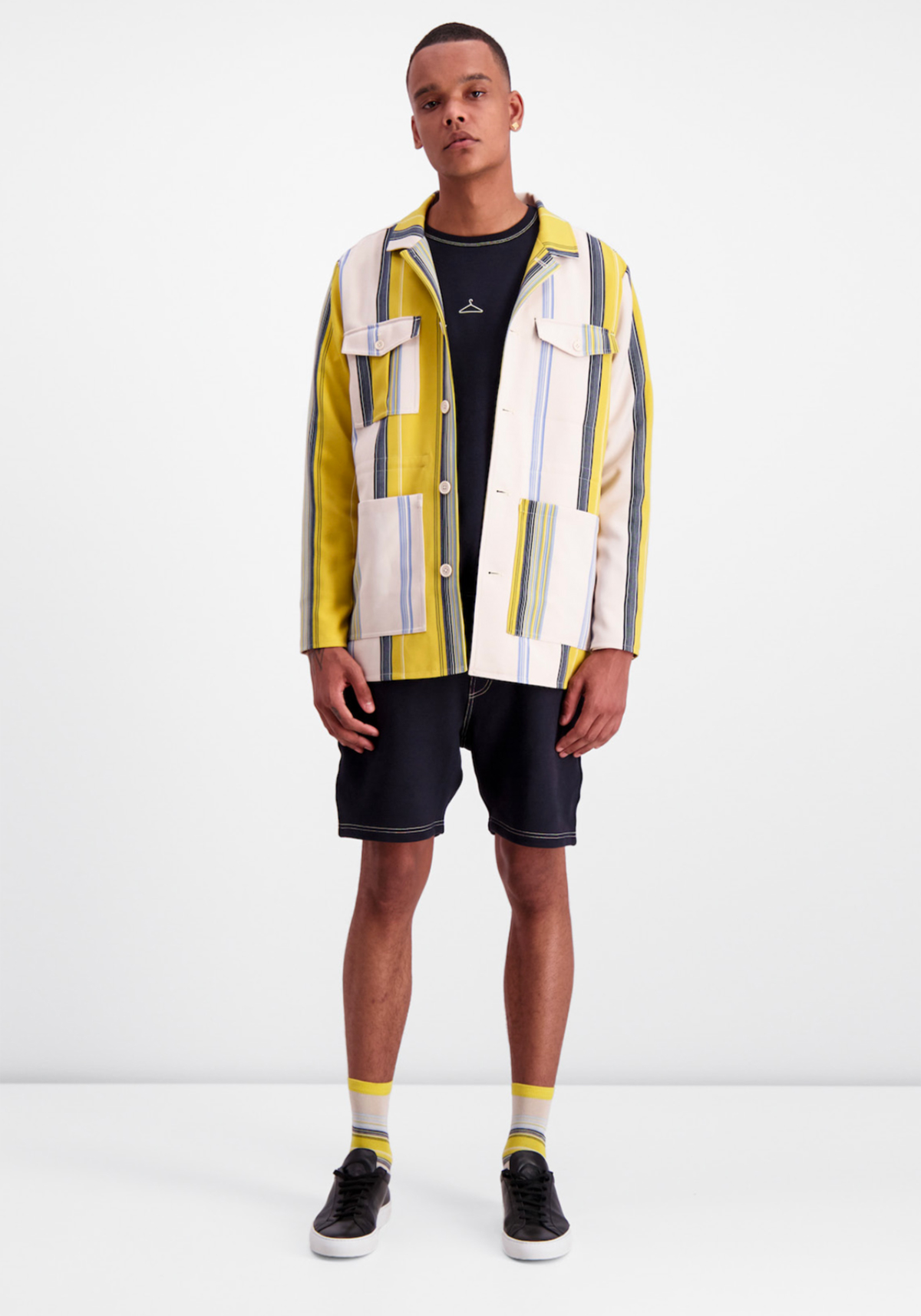 |
 |
“Maria is largely inspired by architecture and texture,” Susanne explains. This is evident throughout their collections, full of basics with a twist, thick knitwear, and clean-cut outerwear that’s both highly functional and stylish. Holzweiler doesn’t shy away from color, layered texture, or pattern, but they use it sparingly and for effect. The result is a cohesive series of seasonal collections that feel professional but not too serious. That’s in-line with Andreas and Susanne, who feed off of each other’s energy and clearly have a shared passion for both the clothes and their company as an entity.
“We have just over 50 people working for us, including our retail stores. There are people in our retail stores who have worked there since we opened. People who worked as students, graduated, and then continue to work on Saturdays just because they like being part of this,” Andreas gestures around the room. “We love our clothes, obviously, but we’re the most proud of the community we’ve created.”
 |
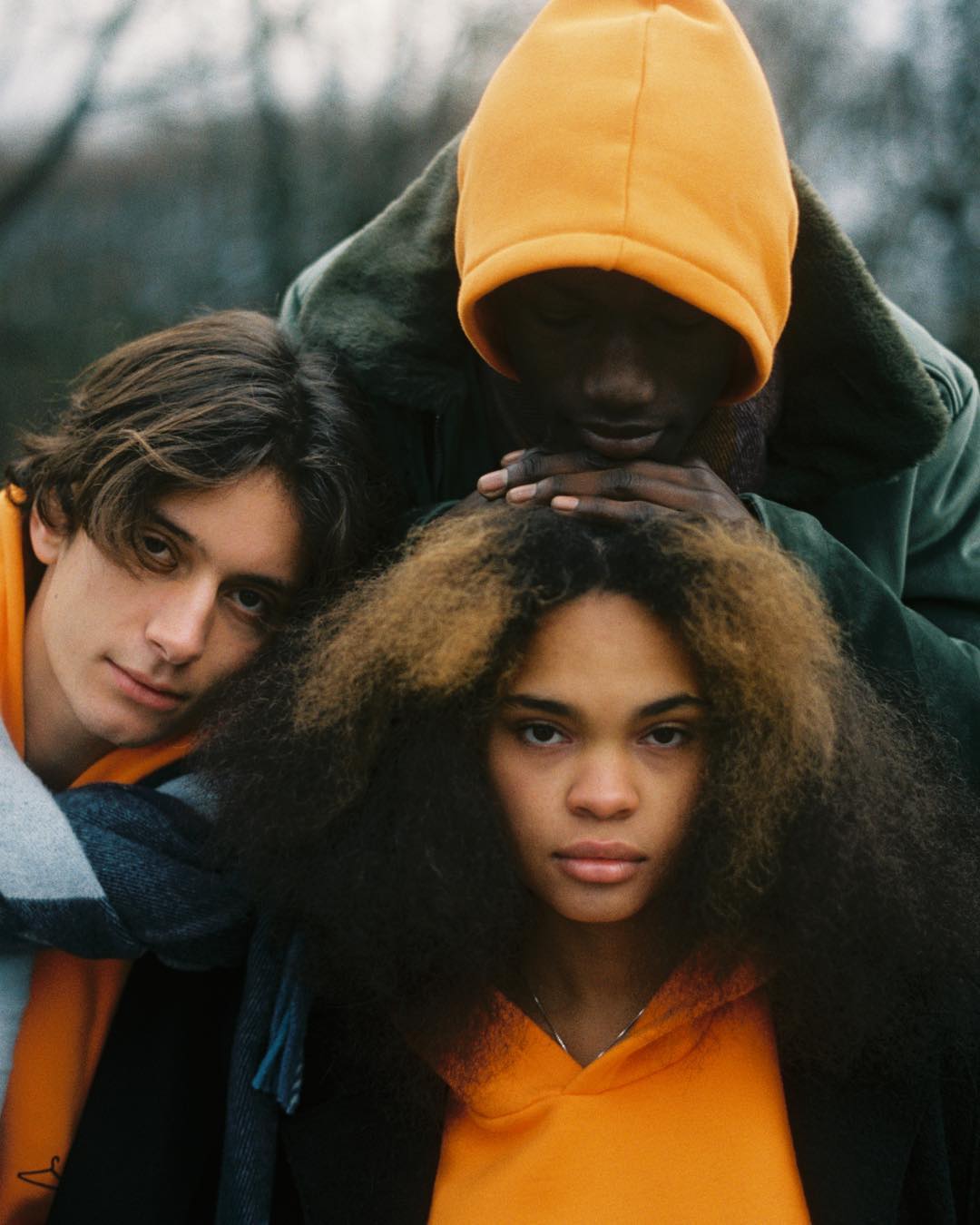 |
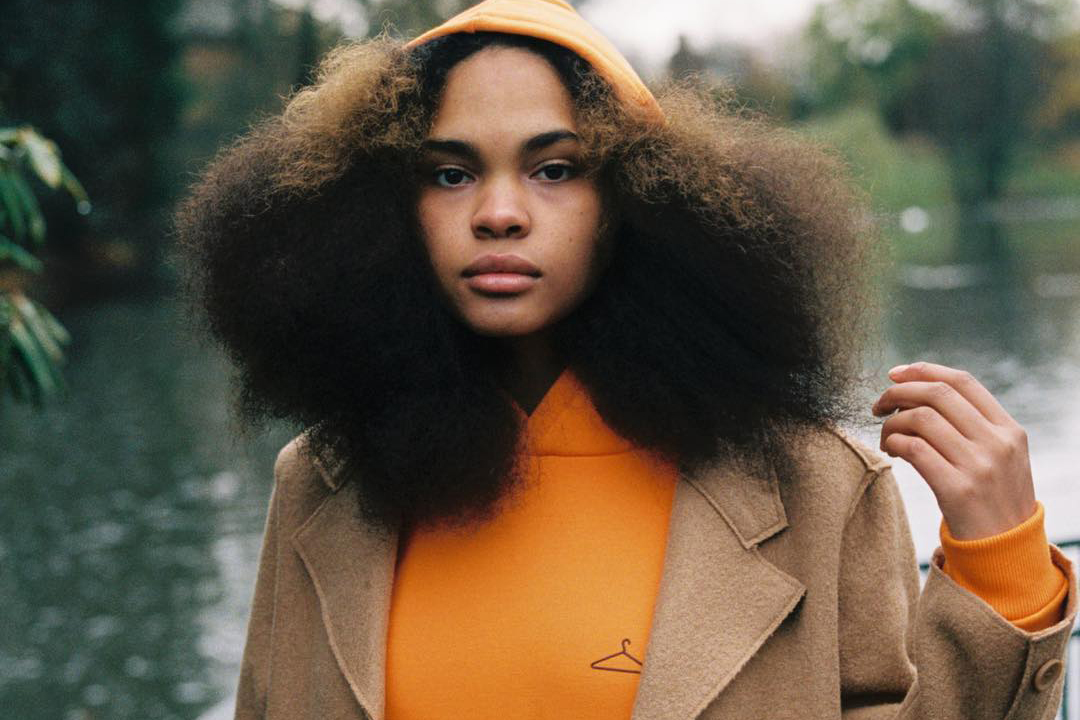 |
|
We discuss their place in the current Norwegian fashion scene; the duo is reluctant to give themselves too much credit. “It really is about our team,” Andreas emphasizes. “In Norway we don’t like to pat ourselves on the back too much, but we do recognize the importance of teamwork. That’s perfect for our brand, because it really holds true.”
Norway has always sat behind Denmark and Sweden’s fashion scenes, and the up-and-coming Oslo Runway (the country’s version of fashion week) hasn’t reached the status of the more important Copenhagen Fashion Week, or even the smaller Stockholm Fashion Week. The industry’s focus has tended to be on performance wear for cold weather rather than fashion. Now, a few brands have set out to change that, with Holzweiler at the forefront.
Despite starting out at Oslo Runway, Holzweiler has been showing at Copenhagen Fashion Week for the last three seasons and have quickly become one of the festival’s most anticipated shows.
“Oslo Runway was a great way for us to gain confidence and experience in showing our collections. But in order to get a return on investment, we needed a bigger, more established venue. So we do a runway show at Copenhagen Fashion Week because right now that’s the biggest fashion event in Scandinavia, and because they also have the fair [Copenhagen International Fashion Fair], so that’s important for buyers.
We really believe in the Scandinavian fashion scene. We think what Oslo Runway is doing right now is great too; we 100% support what they’ve created for the Norwegian fashion scene. We’re hoping all these festivals grow and maybe even combine so that Scandinavian fashion can become even stronger globally,” Susanne says.
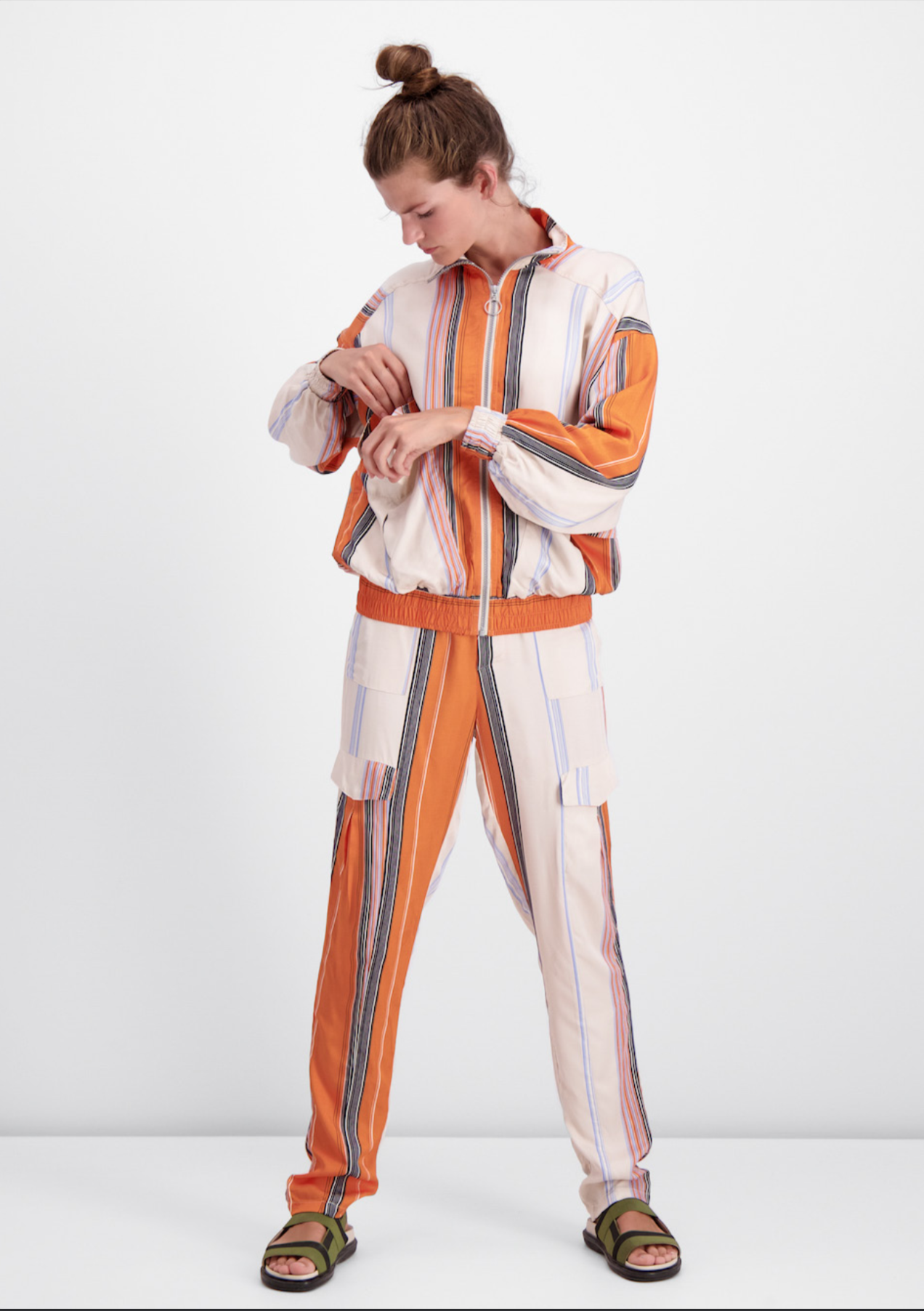 |
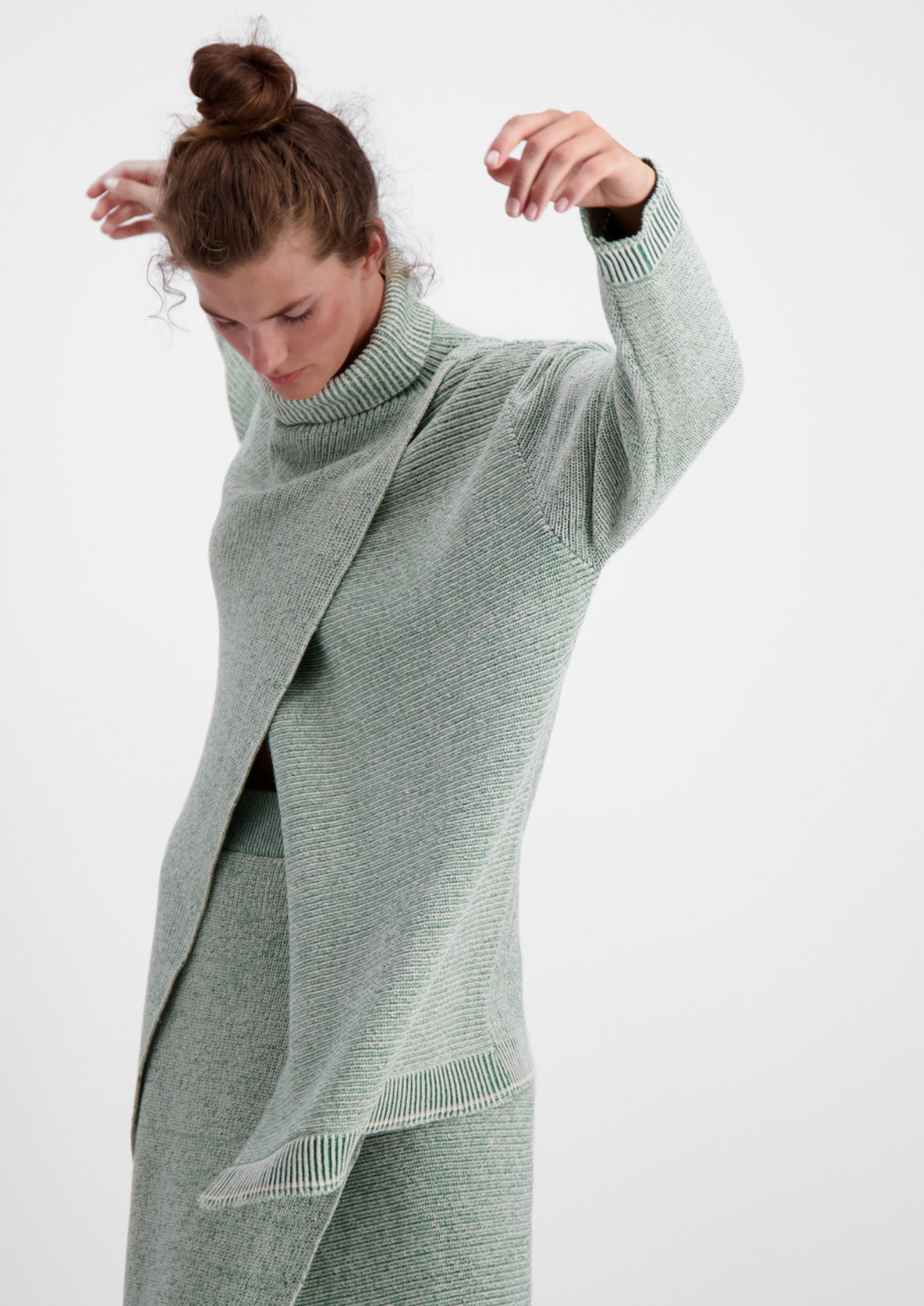 |
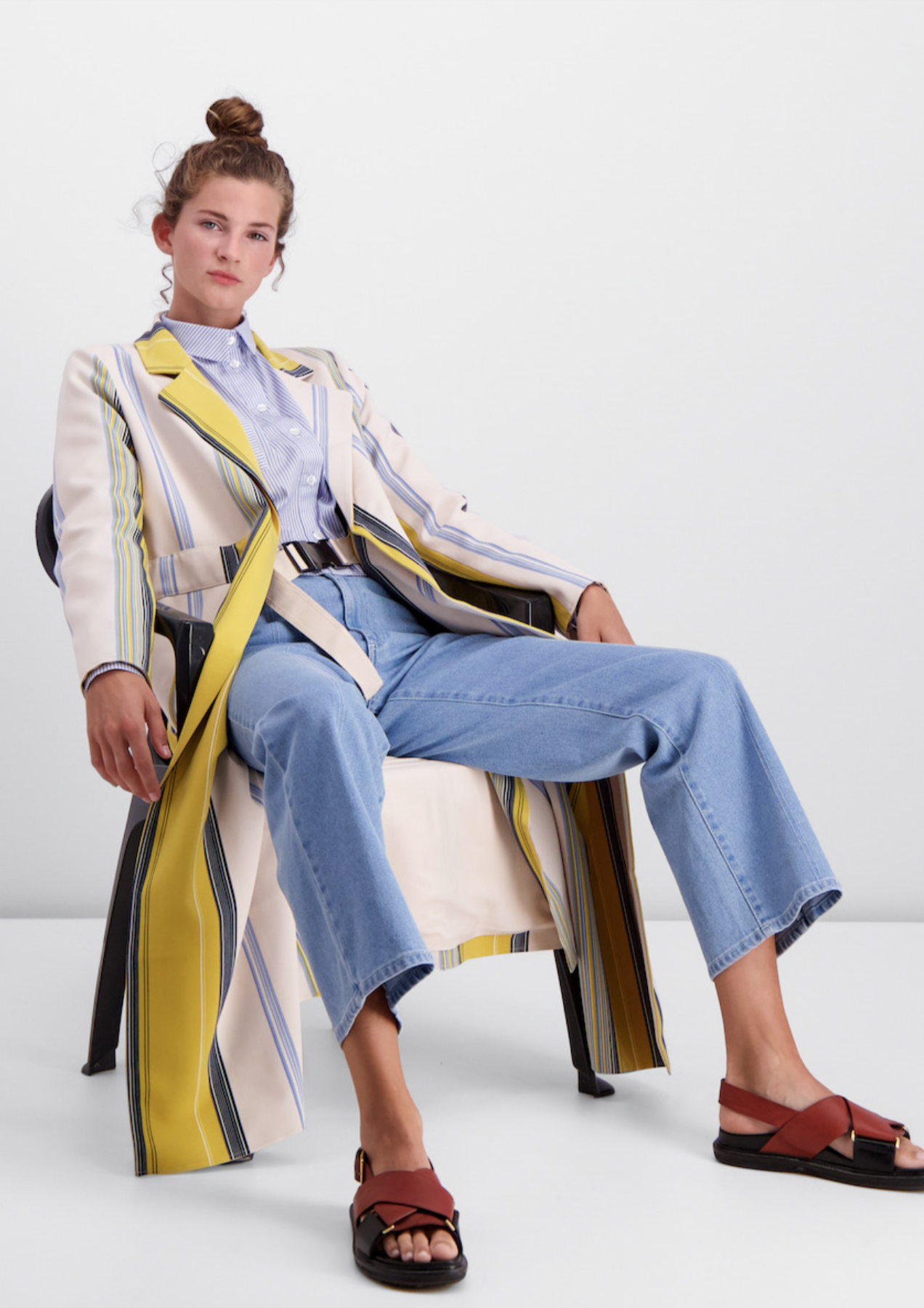 |
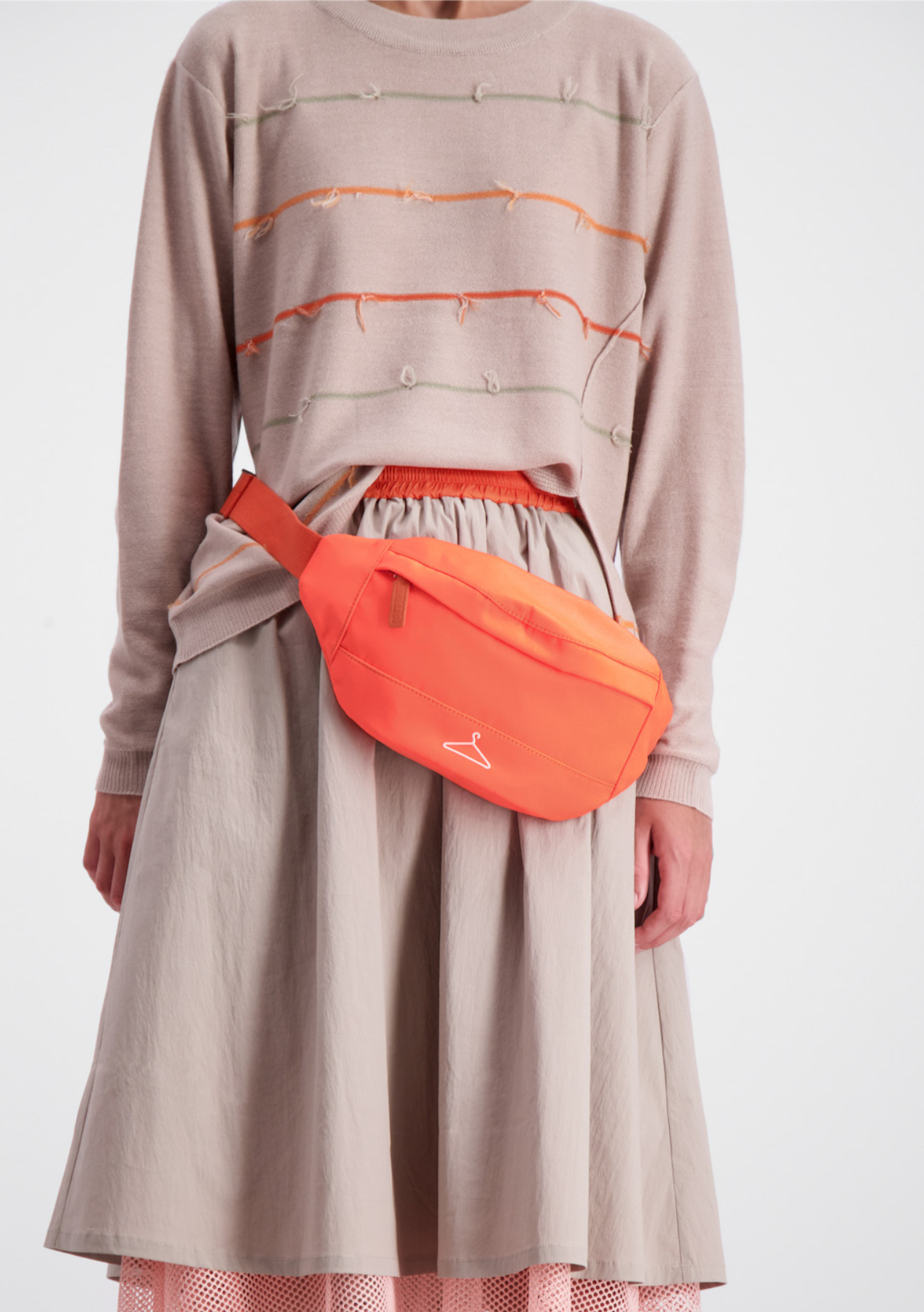 |
Slow growth has been key to Holzweiler’s success, and that includes taking time to consider their values. “Sustainability is important to us, of course,” Susanne says, “but for us that’s just something that should be part of anything that gets produced. We have a sustainability manager who looks into everything we source and create to make sure we’re taking the most sustainable route possible. For example, we realized that each of our scarves was wrapped in plastic for shipment and we were producing 150,000 pieces of plastic per collection – all getting tossed out when they were unwrapped! That’s unacceptable. Unfortunately we couldn’t just take out the wrapping because we needed the scarves to be protected in shipment, so we developed a biodegradable wrapping. Our scarves are made of 60% recycled wool, and we use both recycled cashmere and deadstock fabric as much as possible. For our last runway show, we draped these huge swaths of fabric over the runway, and afterwards we used it to make ponchos. We understand we’ll never be perfect, but that doesn’t mean we shouldn’t do what we can.”
Throughout our interview, Andreas and Susanne emphasize that the key to a strong business is a focus on people. This holds true for their approach to sustainability as well. “It’s about the environment,” Susanne tells me, “but just as much about the people. We need to make sure that the people we work with are treated well.”
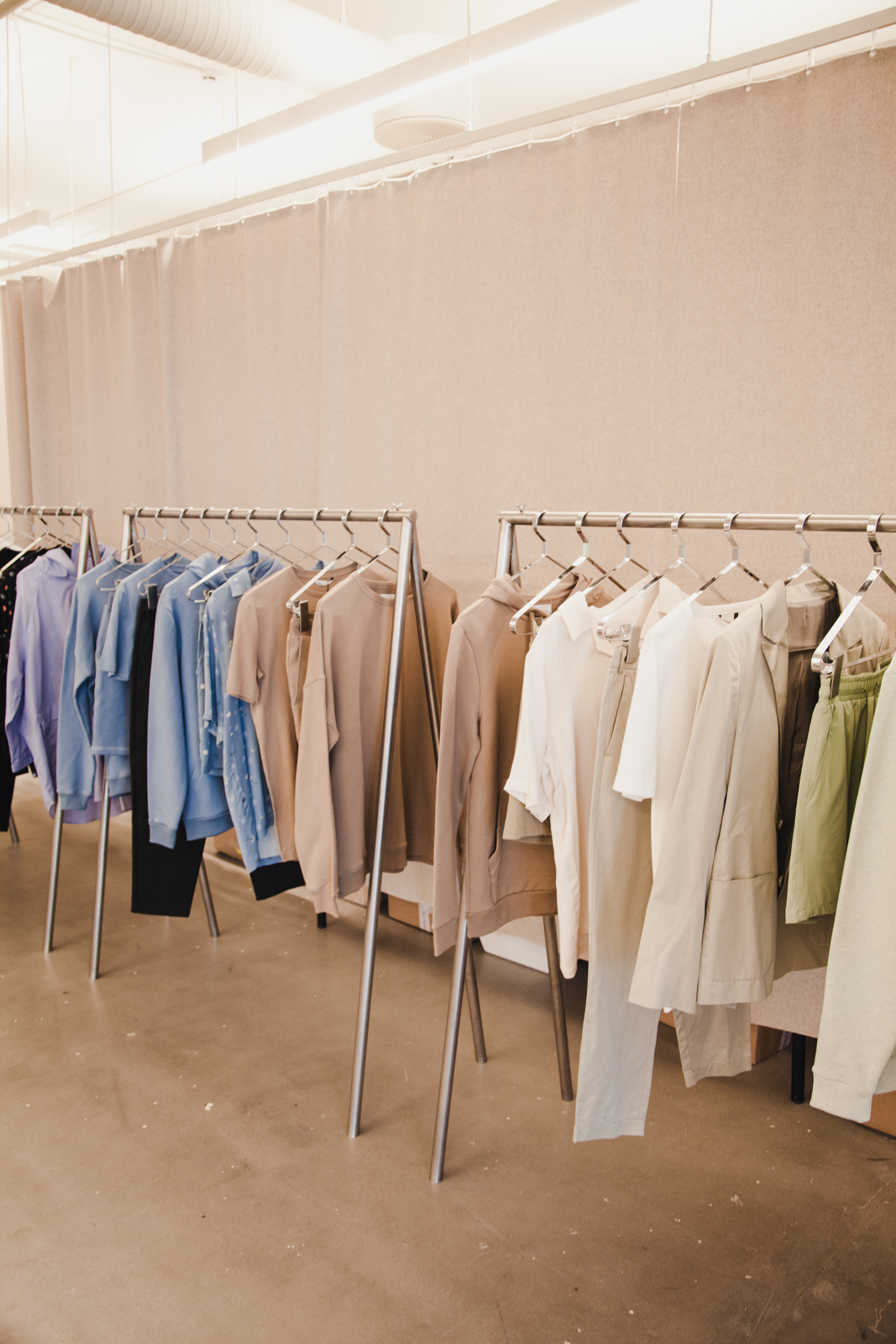 |
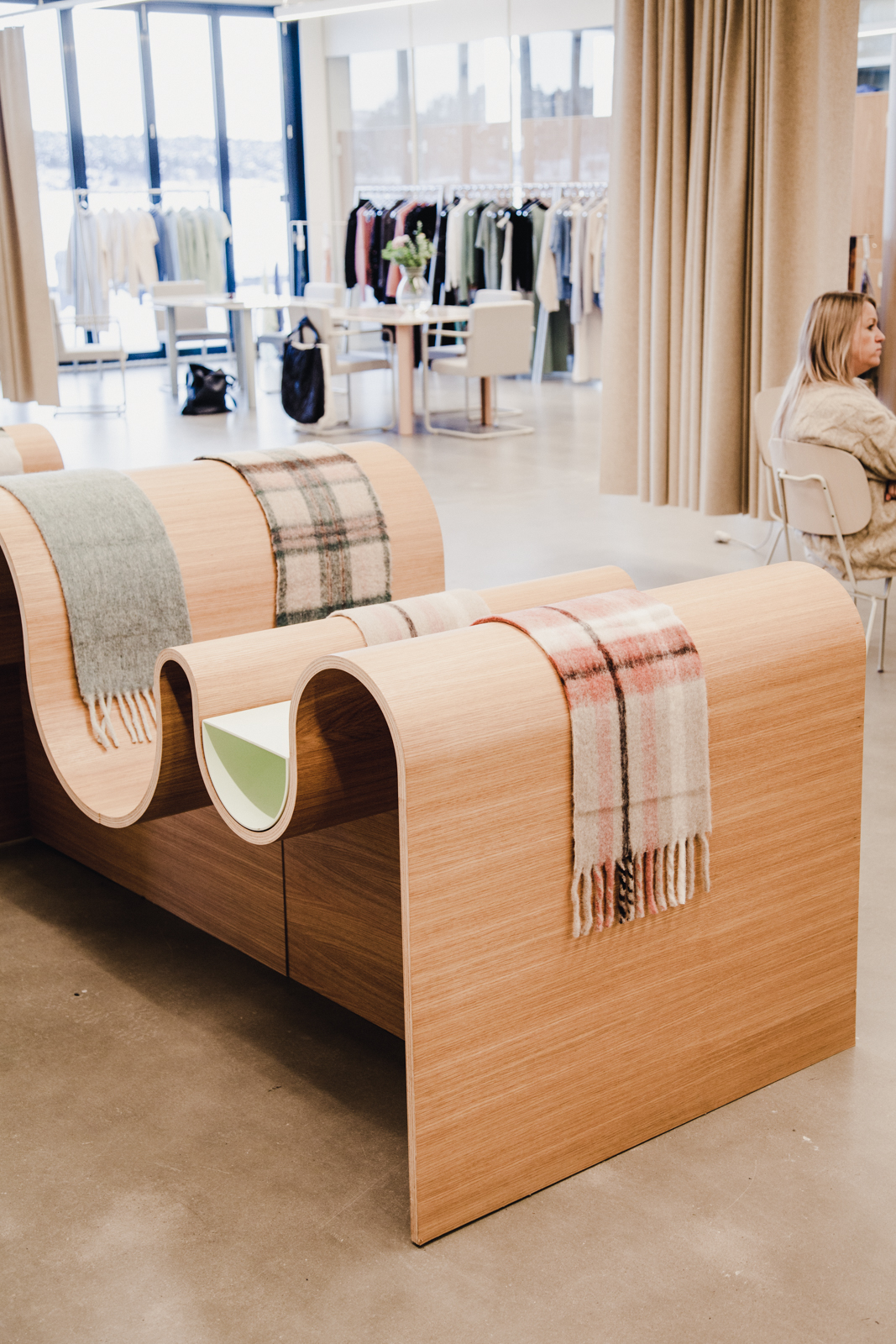 |
 |
|
In this way, Holzweiler manages to combine elements of both heritage Scandinavian design and modern thinking. Though they have a global outlook, gaining popularity in China, Japan, South Korea, Europe, and the USA, they are in essence a Norwegian brand – introspective, humble, and highly concerned with creating something that lasts. There’s a sense that they are creating something entirely new, while still drawing on a great deal of design heritage.
“Norway doesn’t have the same design history as Sweden and Denmark,” Andreas explains, “so even thought we are inspired by that history, it isn’t 100% relevant to the way we work. The way we see it, Norway’s design history is now.” With a bustling office, endless ideas, and belief in their team, it’s hard not to agree that what Holzweiler is doing will to change the fashion industry in Norway, despite (and perhaps in part because of) their understated ambitions; we’re excited to see how.
See more on Holzweiler.

